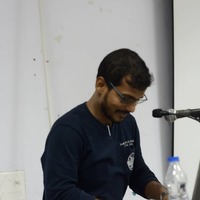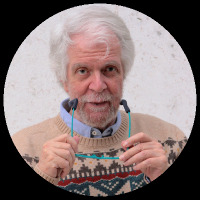
Tikaram poudel
Language acquisition, Indo-Aryan linguistics, Tibeto-Burman linguistics
less
Related Authors
Joseph Carroll
University of Missouri - St. Louis
Malcolm Ross
The Australian National University
Ahmar Mahboob
The University of Sydney
Atanu Saha
Jadavpur University
Louis de Saussure
University of Neuchâtel
Armando Marques-Guedes
UNL - New University of Lisbon
Martin Haspelmath
Max Planck Institute for Evolutionary Anthropology
Alexander Lubotsky
Universiteit Leiden
Alexander Treiger
Dalhousie University
Timothy Morton
Rice University
InterestsView All (9)










Uploads
Books by Tikaram poudel
and syntactic features that are distinct from other varieties of English. Finally, the book discusses how the educational policies of the 1950s onwards contributed to the unique features that speakers of English in Nepal developed.
Papers by Tikaram poudel
and syntactic features that are distinct from other varieties of English. Finally, the book discusses how the educational policies of the 1950s onwards contributed to the unique features that speakers of English in Nepal developed.
distinguish individual-level predications from stage-level ones.